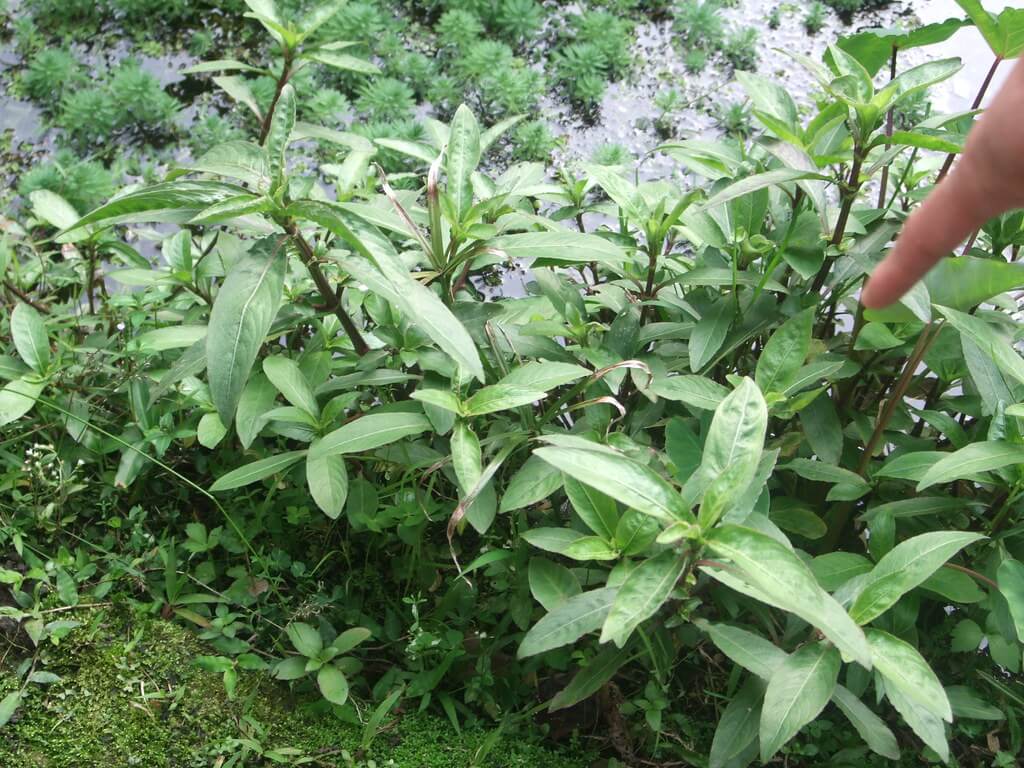Australian Plant Census (2011) available at: Vascular Plants APNI (biodiversity.org.au)
Australia's Virtual Herbarium (AVH) (2007). Council of Heads of Australian Herbaria (CHAH). Available at: Home - AVH (chah.org.au)
Gorham, P., and Hosking, J. (2003). Weed Alert - Hygrophila costata: a new semi-aquatic weed in NSW.
Hall, D.W. and Vandiver, V.V. Jr. (1990). Weeds in Florida. Gainesville: University of Florida, Institute of Food and Agricultural Sciences (IFAS). Publication SP 37.
Navie S. (2004). Declared Plants of Australia. An identification and information system. Centre for Biological Information Technology: Brisbane. [CD-ROM]
Pritchard, G. (2004). Weed Information Sheet - Hygrophila. Port Stephens Council.
Thorp, J.R. & Wilson, M. (1998 - ). Weed Identification - Hygrophila costata. Australian Weeds Committee.
NSW DPI (2020). NSW Weedwise factsheet: Hygrophila costata. Available at: NSW WeedWise































